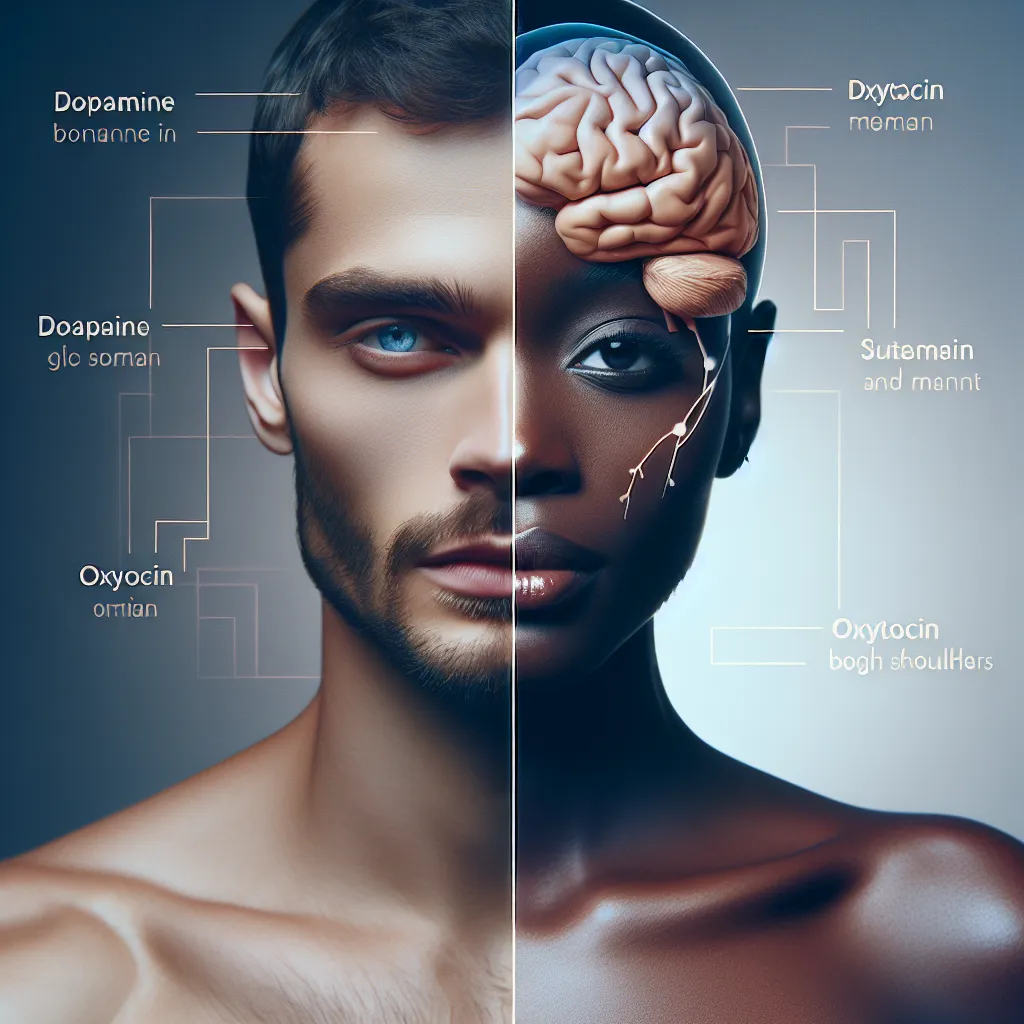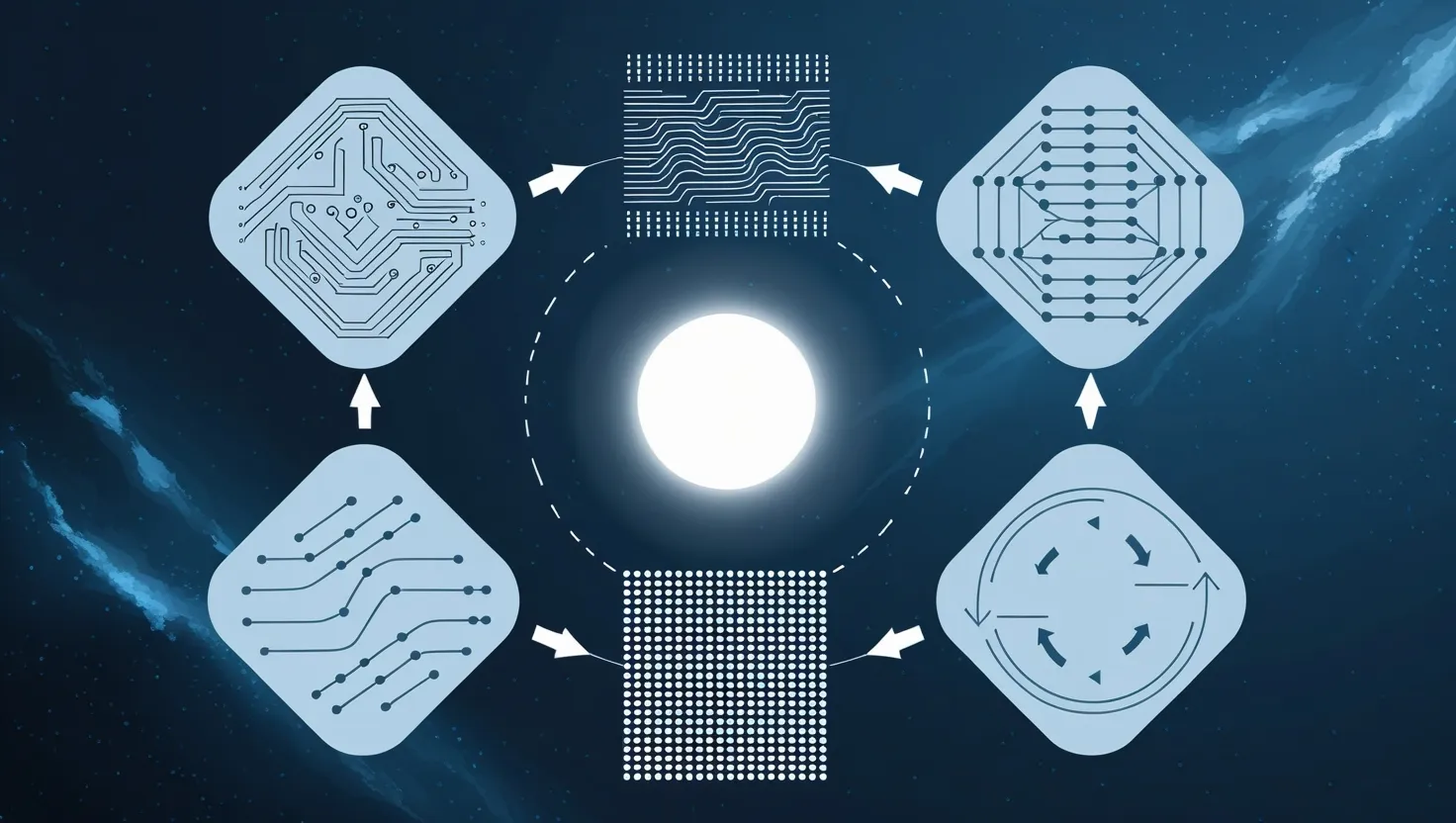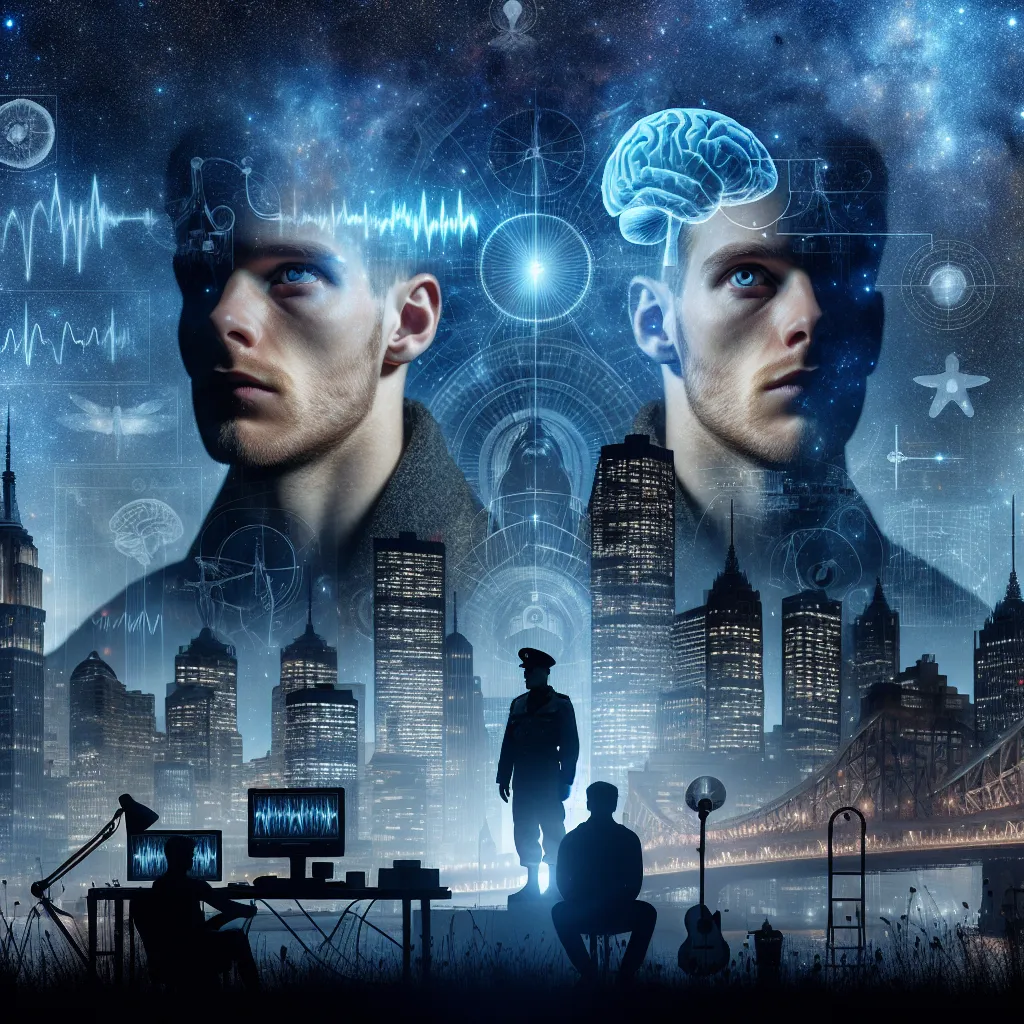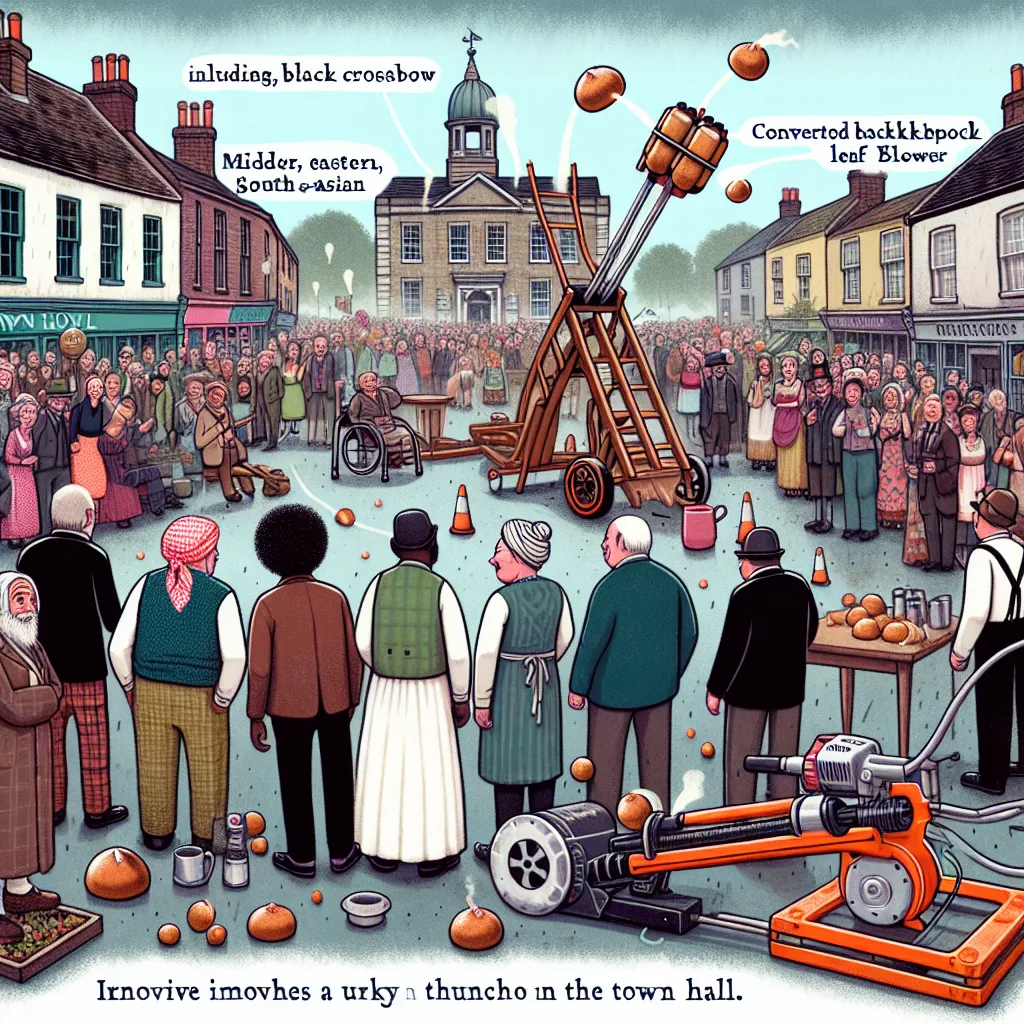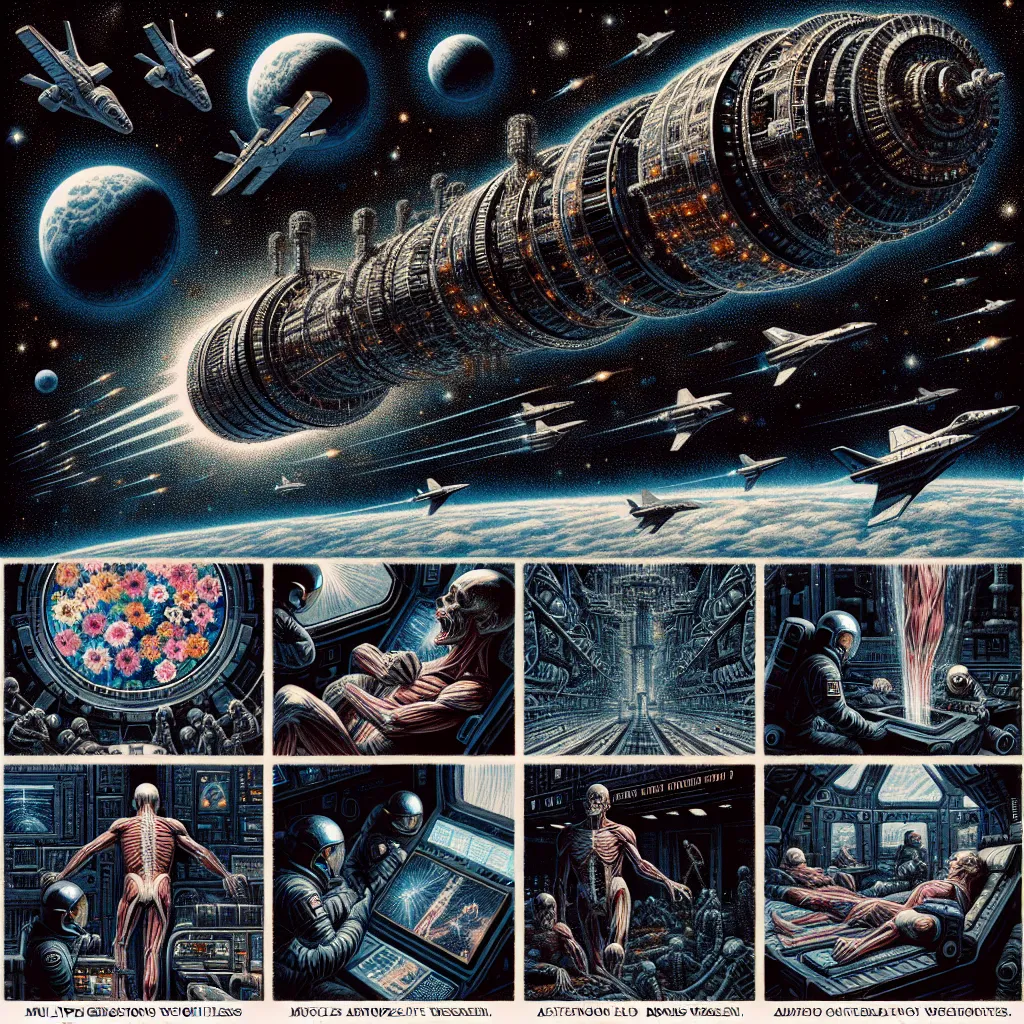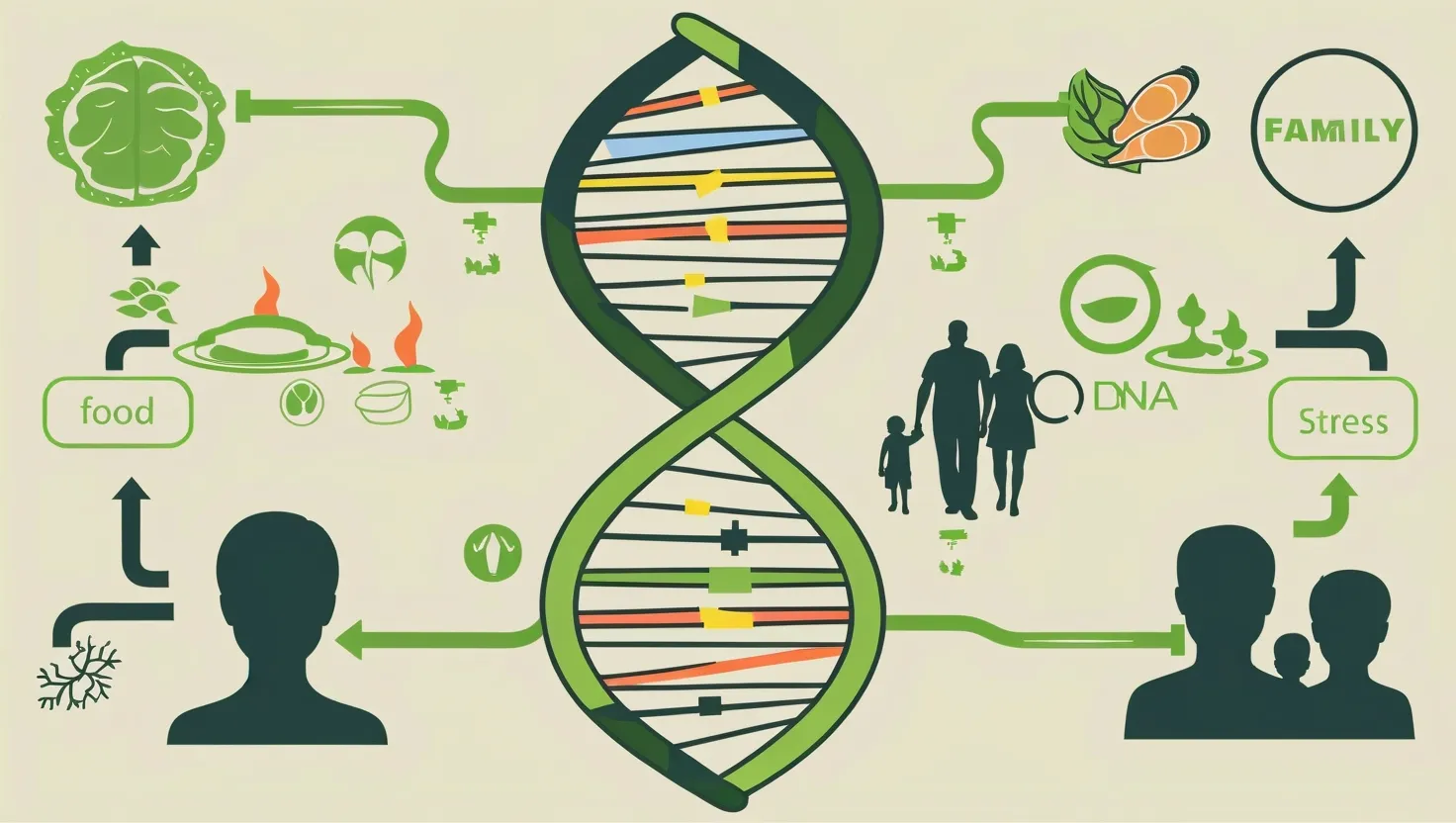When a sperm fertilizes an egg, a new life begins. But what draws lovers to each other, and why do they feel attracted? Science is unraveling the mysteries of sexual attraction, revealing it’s much like a drug rush. Our noses even play a role in picking a future partner, showcasing how complex and instinctual this process is.
Imagine a boy meets girl scenario where both find each other hot, leading to a natural progression that’s been around since humankind began. Scientists have delved deeply into this mating ceremony, discovering the secrets hidden in the chemistry of lust, love, and long-term bonds. Researchers worldwide are peeling back layers of our love lives, exposing astonishing details about our attraction mechanisms.
Evolutionary processes significantly determine attraction and the ability to attract others. Natural selection pushes the best individuals to survive and reproduce, while sexual selection ensures only those who can attract a mate pass on their genes. This process has led to distinguishing features and behaviors to draw partners in many animals, including humans.
Anthropologist Helen Fisher sheds light on three sexual drives controlling our mating game: lust, romantic love, and attachment. Lust drives us to seek multiple partners, romantic love focuses our energy on one at a time, and attachment helps us stay with one partner long enough to raise a child.
What triggers our lust for the opposite sex? Fisher’s groundbreaking brain research discovers what turns us on. By scanning the brains of students in love, using functional magnetic resonance imaging (fMRI), she reveals differences in blood flow patterns when viewing their lovers versus neutral images. Men are visually stimulated, while women focus on character.
But why this visual preference? Evolutionary reasons suggest men look for markers indicating health and fertility, such as the waist-to-hip ratio, symmetrical features, and hormonal markers like estrogen and testosterone. A woman’s figure with a 0.7 waist-to-hip ratio, clear skin, and youthful appearance signals fertility to men. Similarly, men’s strong jaws and broad shoulders, shaped by testosterone, signal virility and health, attracting women.
Today, many individuals enhance these markers through cosmetic procedures, with billions spent on surgeries to appear younger and more attractive. However, attractiveness also lies in genetic markers and immune system compatibility, detectable through our sense of smell. Pheromones in sweat suggest suitable genetic matches, and women prefer the scent of men with different immune systems to ensure varied, healthier offspring.
Fisher’s studies indicate that men’s symmetrical faces, influenced by health and less prone to disease, are more attractive to women. This facial symmetry, along with behavioral traits like kindness and intelligence, shaped by evolutionary pressures, play crucial roles in attractiveness.
But how does one win over a partner? Science suggests practical tips like using eye contact to appear more attractive, as larger pupils, dilated by excitement or fear in candlelight, signal interest. Intelligence, creativity, and kindness also enhance attractiveness, signaling good genes and long-term partnership potential.
Scientists explore the brain’s response to romantic love, finding that it activates areas akin to a drug reward system, explaining the obsessive, euphoric feelings of new love. These feelings, fueled by dopamine, drive couples to focus on one partner, ensuring evolutionary success by converting acute lust into deeper love to bond long enough to reproduce.
Fisher believes long-term attachment, maintained by oxytocin and vasopressin hormones released during sex, encourages couples to stay together to raise children. These hormones promote bonding and loyalty, essential for species continuation.
Ultimately, sexual attraction and love are complex neurochemical processes fine-tuned by evolution. From the lustful first glance to long-term attachment, our brains and bodies orchestrate a sophisticated dance driven by a mix of visual, hormonal, and behavioral cues. All these ensure that human reproduction continues, showcasing that love and attraction are indeed powerful forces making the world go round.
